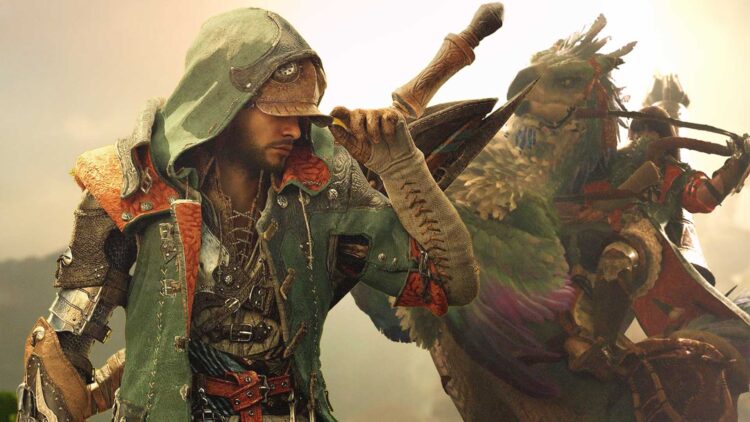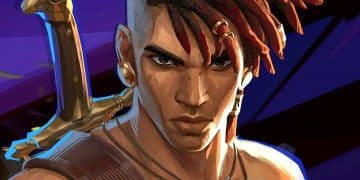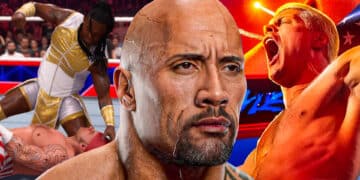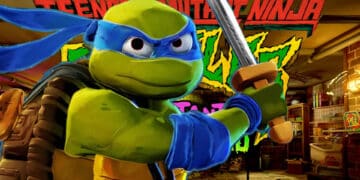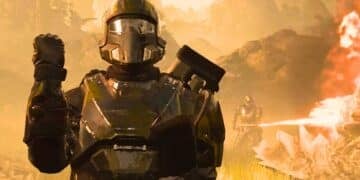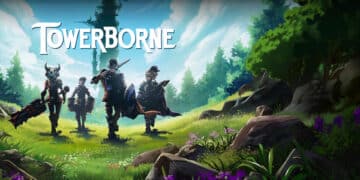I never understood the hype around Monster Hunter, though that’s largely my own fault. I bought Monster Hunter: World a few years back, but it arrived two weeks before I got my PlayStation 5, so it was one of those games that got lost in the transitional shuffle from PS4 to PS5 with the briefest of playtime. In addition, I reviewed and interviewed the cast of Paul W.S. Anderson’s Monster Hunter film, which I enjoyed more than most, but I knew it was one of those “loose” film adaptations like Anderson’s previous foray into Resident Evil.
So, while the fanbase savored the news of Monster Hunter Wilds, it was just a Tuesday for me. Now, after many hours spent with Capcom’s latest action RPG, I can say that I finally get it: Monster Hunter Wilds is effing awesome.
Monster Hunter Wilds’ environmental ecosystem is like a National Geographic show
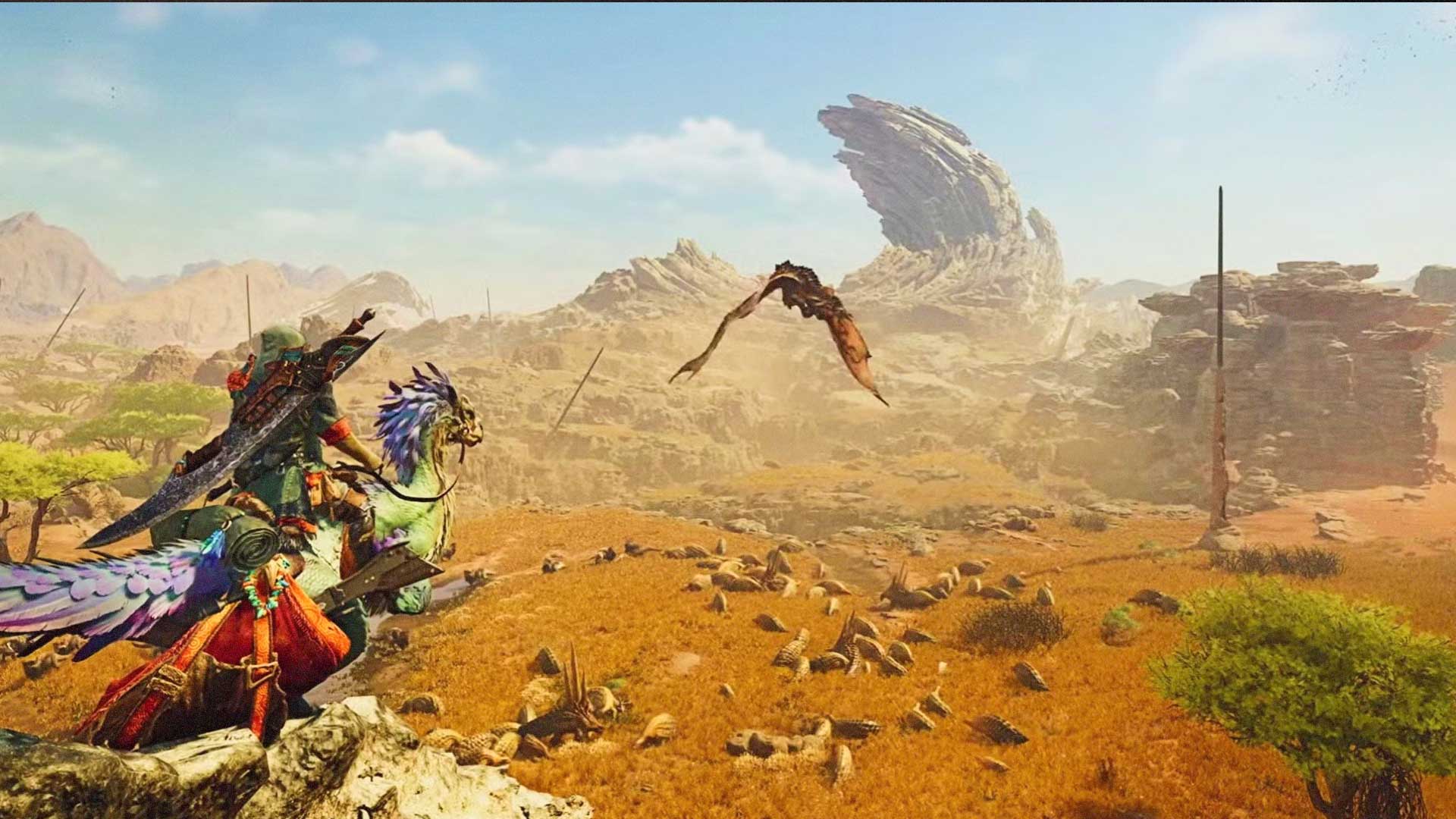
In Monster Hunter Wilds, every monster is like a final boss – which fans of the series should know all about, but hey, it’s a winning formula, so why change it? For those who don’t know, though, the purpose of the game is to improve and build up your Hunter and their cat-like companion known as a Palico to the levels in which they’re prepared to face bigger and better threats. To do this, it’s essential to gather resources for food, potions, and to upgrade weapons and armor, slay beasts for rare material and rewards, and generally just improve the characters through the grind.
What’s instantly noticeable about this game compared to Monster Hunter: World is the increase in the breadth and scope of the environment. It’s as if every part of the map possesses its own ecosystem and unique personality to discover. There’s also a sense of realism here as the monsters behave and evolve as one would expect in the real world, with predators following the prey and scavengers waiting for moments to strike. Also, the changes in the weather and time of the day prove to have a significant impact; for example, thunderstorms could be dangerous for both Hunters and creatures. At times, it’s like watching an episode of a National Geographic show – not only to learn about the behavior of the creatures and terrain but also due to the gorgeous designs of the environment and characters.
The improved combat system features more versatility and focus
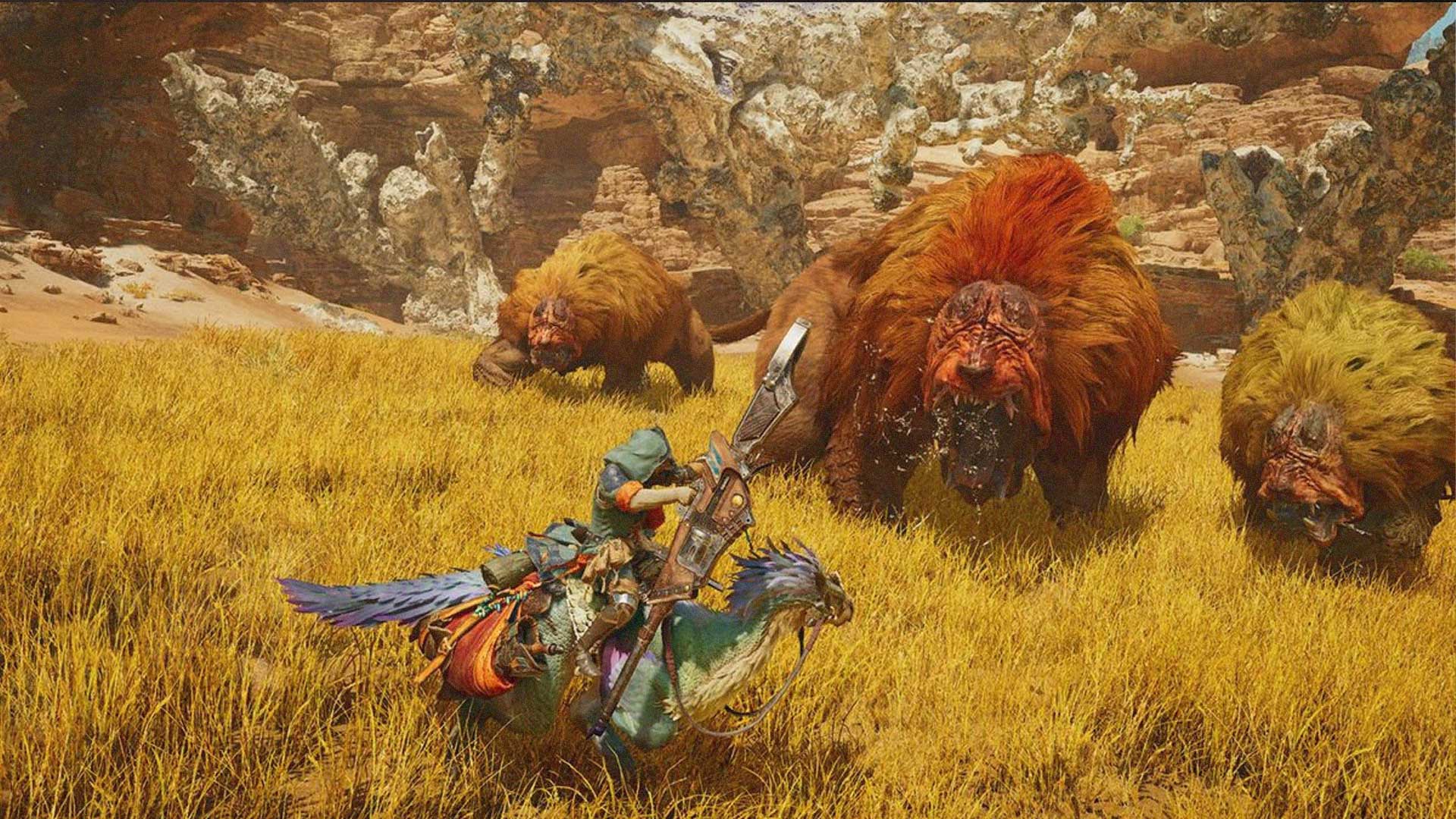
Like before, camps play an important role in the overall game as this is where you interact with other characters, stock up on resources, and prepare/upgrade your Hunter and Palico. From there, you head off to explore and hunt monsters. There’s a nifty new addition in Monsters Hunter Wilds to make travel easier, though: The Seikrat. These bird-like creatures are essentially your vehicle to getting around the terrain faster than your two feet could ever take you. You hop on and ride them to your destination – or put them on autopilot and let them get you there on their own. A Seikrat can also be useful in combat since a Hunter has the ability to use an attack while riding them, while the creature’s mount can hold a second weapon for the Hunter to switch to if required.
Speaking of weapons, as mentioned before, there’s the ability to add a secondary weapon, which can be changed/accessed when riding a Seikrat. This allows a Hunter to mix and match to suit their playing style. For example: I’m not a bow-and-arrow type of fighter. I prefer fast close-quarter combat with the Dual Blades, but I’m also aware that I sacrifice power in order to do so. For a secondary weapon, I add a Great Sword, which is a heavy hitter, but it allows me to alternate between speed and power when the time calls for it.
This is where strategy comes into play in Monster Hunter Wilds. Since every monster is effectively a boss, it’s about learning their pattern of attacks and what their strengths and weaknesses are. Then, it’s about targeting the weak points, which can be done so through Focus Mode and Focus Strikes, for precise and calculated attacks on sections of the monster’s body. Let’s say a monster uses their tail to inflict damage: Try to get rid of it as soon as possible, so that it’s easier to take down the beast without it.
Is Monster Hunter Wilds worth playing?
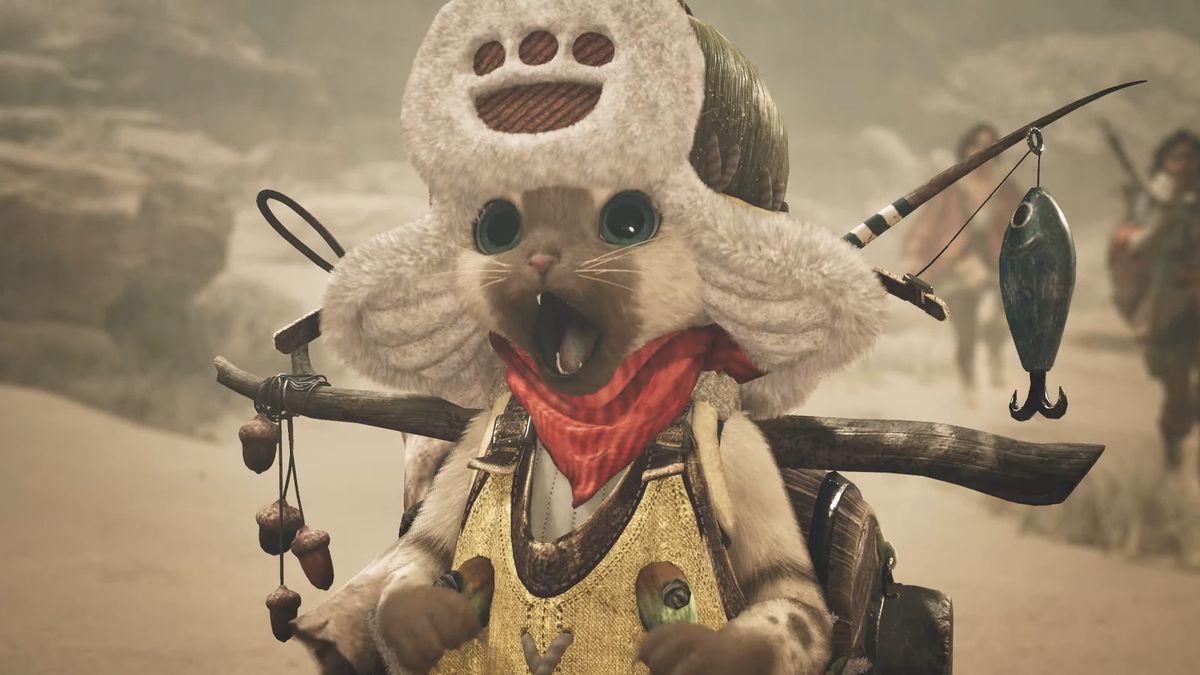
From a storyline perspective, Monster Hunter Wilds immerses the player in a journey through the Forbidden Lands, meeting an array of characters that add to the plot and assist the Hunter through the discovery of new items and/or tutorials. That said, the story is secondary to the hunt here, as a Hunter is much more likely to be exploring the terrains and embarking on quests with other Hunters in the multiplayer mode rather than sticking to the story. Resultantly, this gives the game a high replayability value since it never gets old or boring once the story is complete.
It might have taken me over 20 years, but it’s finally happened: I get the appeal of the franchise. Monster Hunter Wilds hits the sweet spot for both newcomers and longtime fans, unleashing an experience that’s likely to see it being nominated for all the major awards this year.
The Review
Monster Hunter Wilds
Monster Hunter Wilds is a game of the year contender.
PROS
- The environment is extraordinary
- The addition of secondary weapons and Seikrats make a major difference
- Focus Mode creates a new combat experience
CONS
- A steep learning curve for new players
- The game is easy in the beginning, but it gets progressively harder


